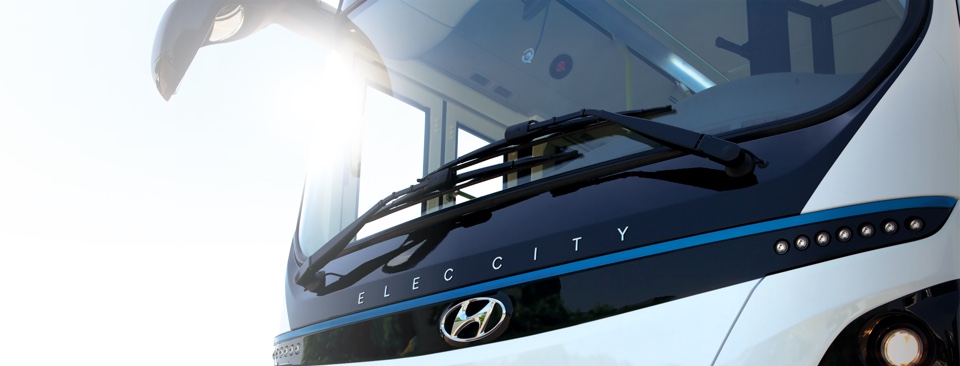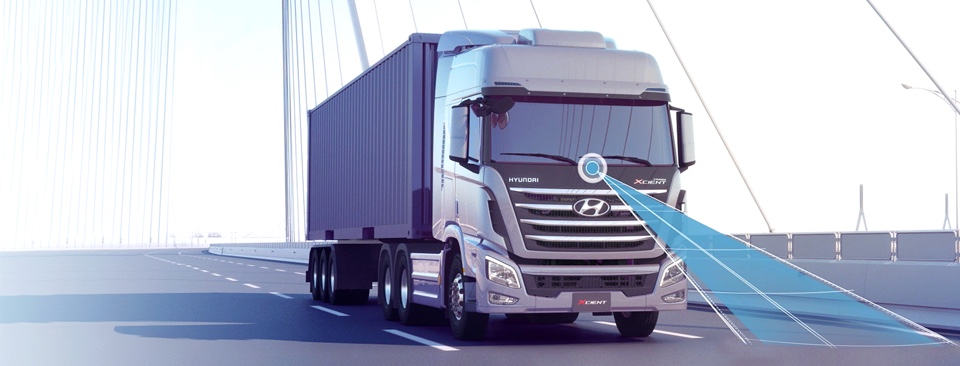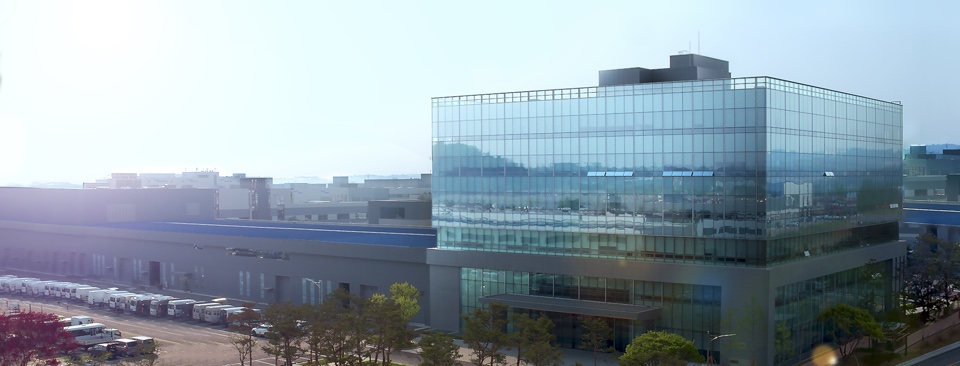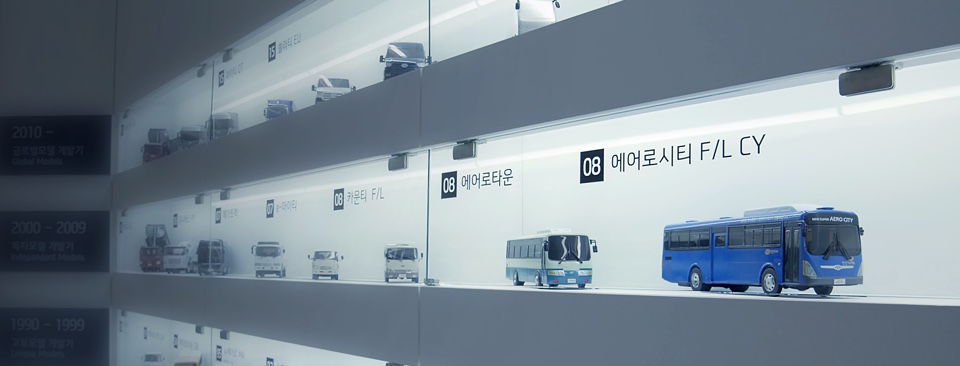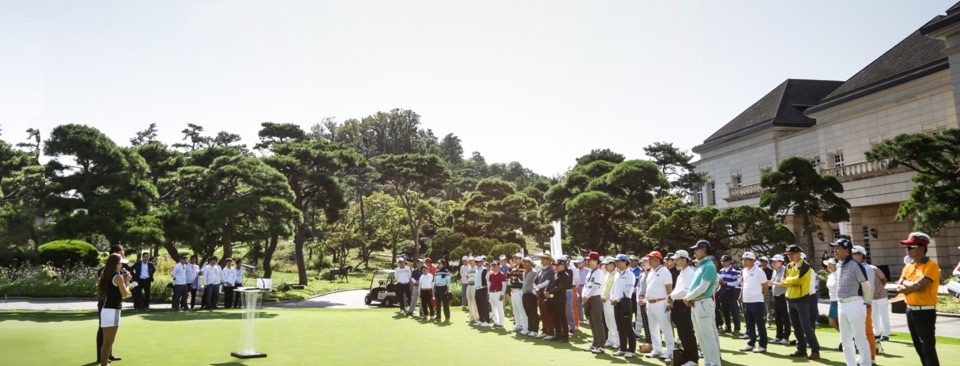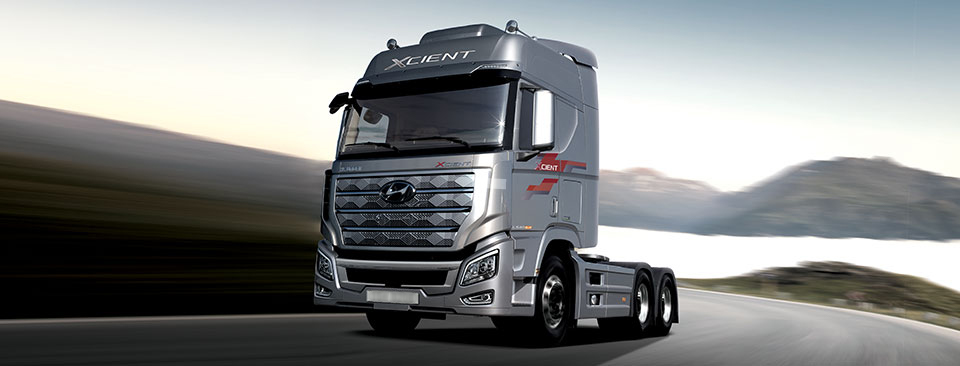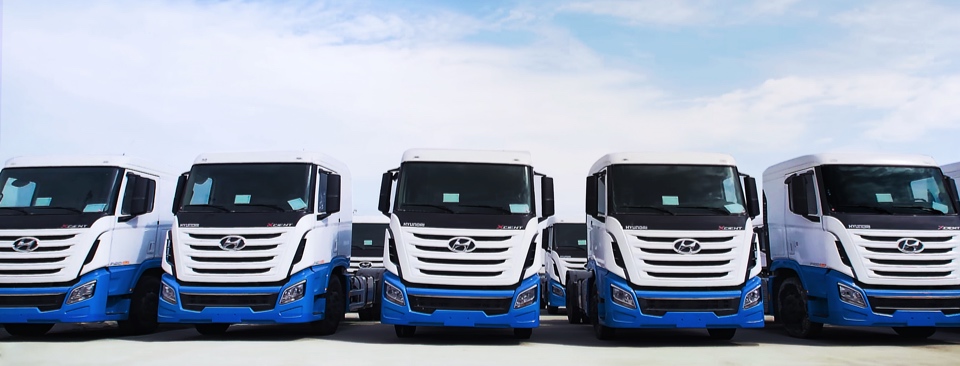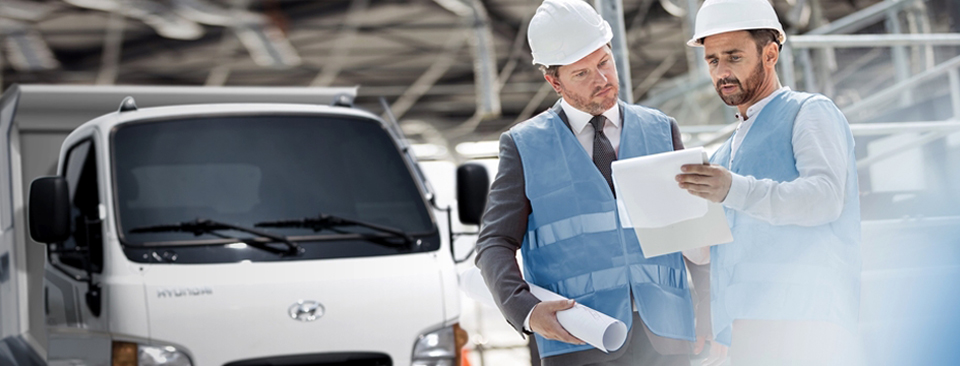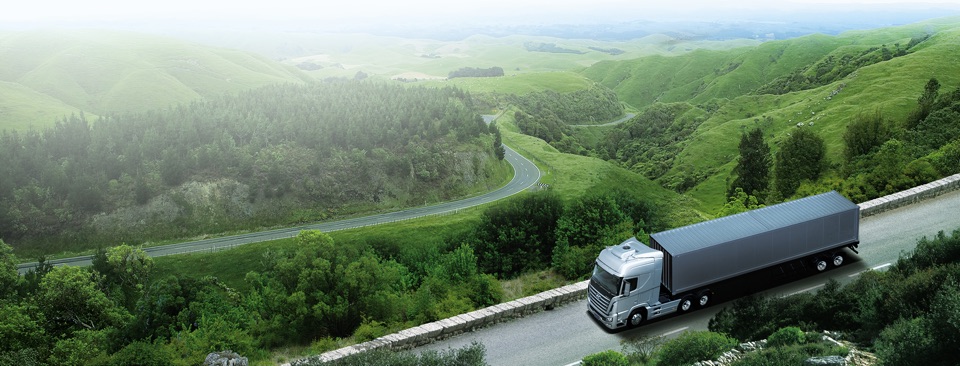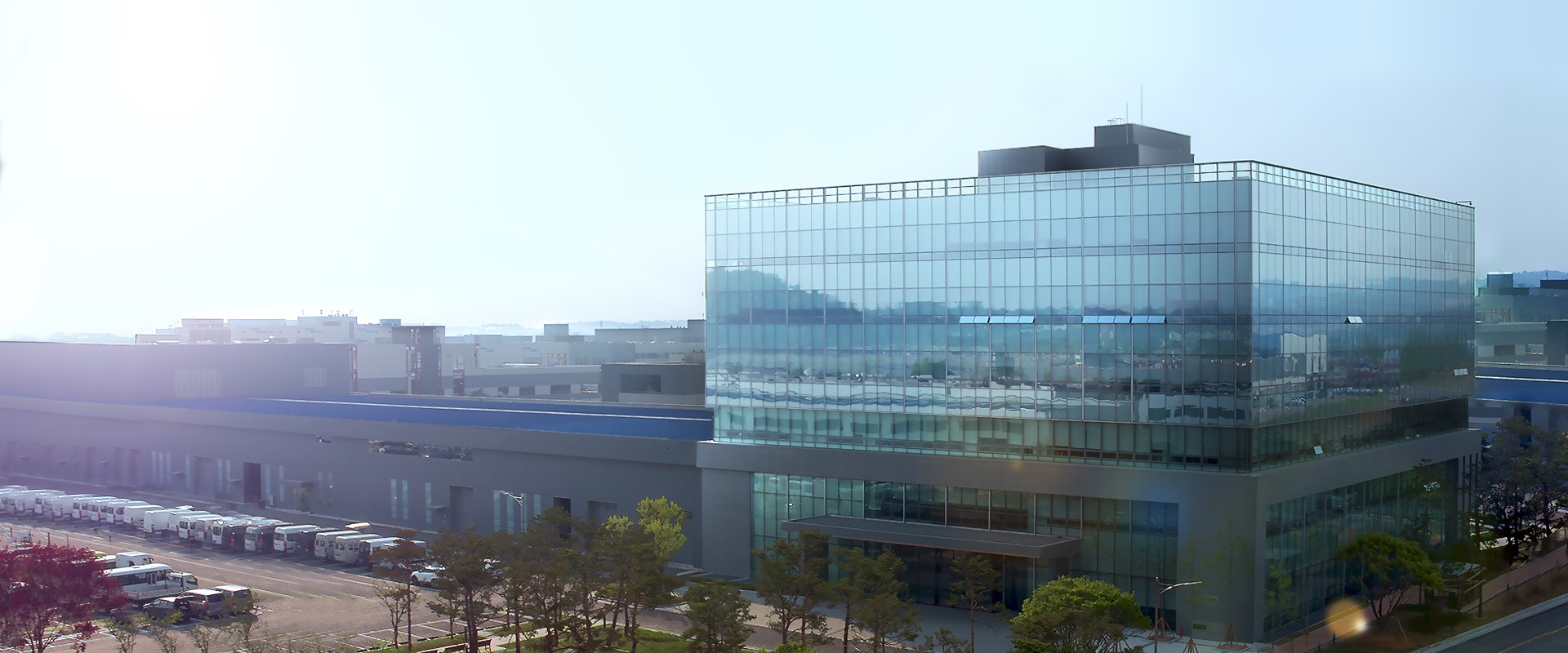
R&D Center and Design Center
Hyundai Motor Company (HMC) endeavors to develop commercial vehicles to actualize higher customer values through better performance and quality.
HMC CV R&D Center, the Hub of the Global R&D Networks
Its growth as the most advanced research center is attributed to its devotion to vehicle development, through the integration of new technology into ergonomic designs. HMC CV R&D Center is focused on research and development based on three themes: safety, eco-friendliness, and customer values.
To achieve Zero Accident, this center has not been only applying active safety technology but is also establishing a lineup of all the electrically powered models to realize Zero Emission through the development of environmental cars such as hybrid, electric, and hydrogen-fuelled cars. Moreover, to increase customer values, it has been exerting countless efforts into developing incredibly durable vehicles with the highest fuel efficiency.
-
 Society
Society -
 Infrastructure
Infrastructure -
 Environment
Environment -
 Humans
Humans -
 Future
Future
-

Product Development
HMC CV R&D Center establishes product strategies related to commercial vehicles and conducts support activities to reflect the demands of the global CV market as well as discover new value faster than customers.
-
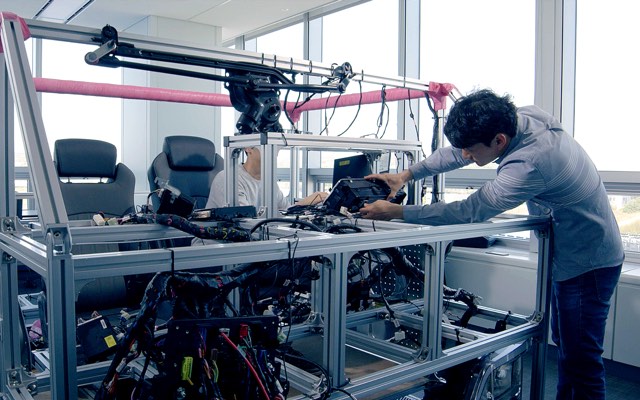
Automotive Engineering
HMC CV R&D Center is dedicated to manufacturing automobile bodies and parts along with system construction. It engineers each vehicle component to verify self-established drawings.
-
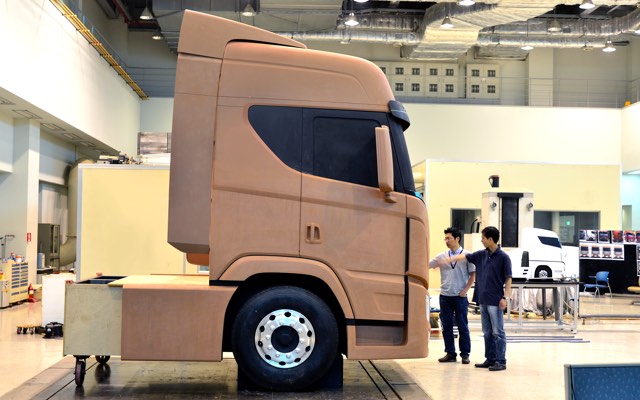
Automotive Design
The unique design identity of Hyundai CVs is taken into consideration to develop creative and progressive interior/exterior styles and colors.
-
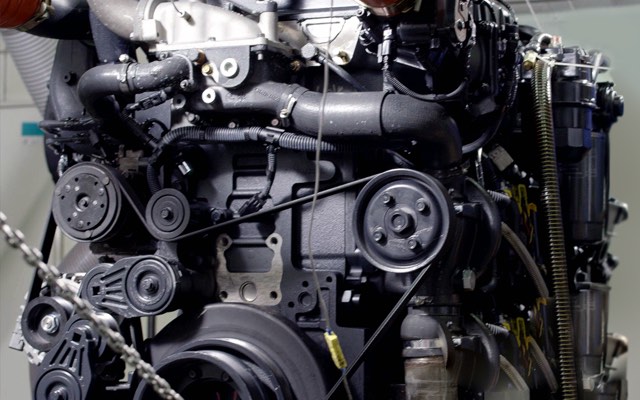
Powertrain
A distinctive and independent engine is being developed, which meets the latest emission regulations. A distinctive and independent engine is being developed, which meets the latest emission regulations.
-
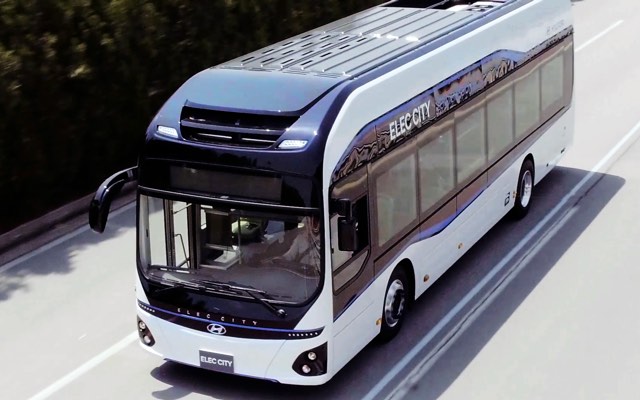
Development of Eco-Friendly Vehicles / New Technologies
To take the lead in the advanced development of future commercial vehicles, new core technologies for a clean vehicle and an autonomous vehicle are being developed.
-

Testing
The evaluation of automobile parts is conducted by a system to secure CV competitiveness. Also, an actual vehicle was directly subjected to a long-term driving test and placed under harsh conditions, in an attempt to develop failure-free, strong commercial vehicles.
R&D Center, a Base Camp toward Becoming a Global Leader
The local and overseas R&D networks are operated in preparation for a new future in the automotive industry.
-
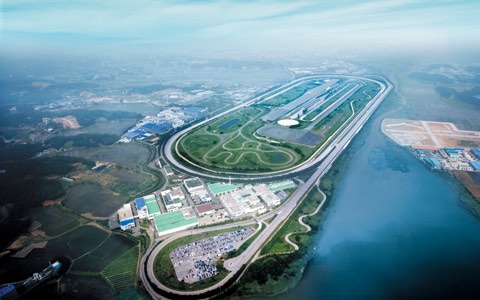
Namyang R&D Center in South Korea
Located in Hwaseong, Gyeonggi-do, Namyang, the R&D Center plays a pivotal role in connecting local and global R&D networks. It is equipped with engineering and design centers, a powertrain lab, a proving ground, wind tunnels, crash test facilities, and more. In addition, it employs 10,000 researchers who are engaged in developing new cars and conducting performance tests.
-
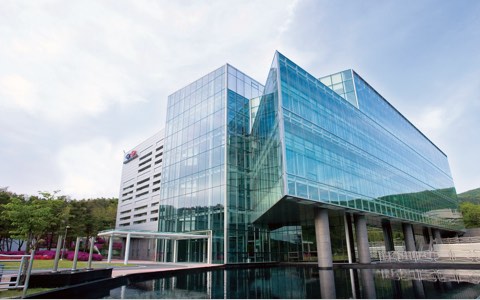
Mabuk Eco-Friendly R&D Center
Located in Yongin, Gyeonggi-do, the Mabuk Eco-Friendly R&D Center is in charge of the development of fuel-cell electric vehicles. Its focus is on technology research regarding eco-friendly vehicles. That is, it independently develops technologies for fuel-cell stacks and systems (key FCEV parts), driving motor systems, and hydrogen storage systems.
-
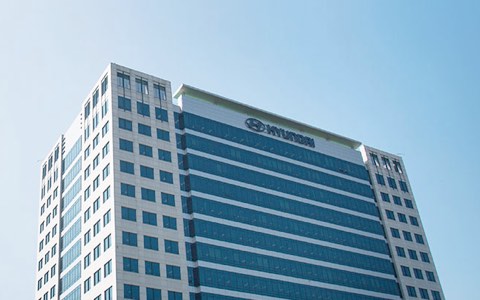
Central Advanced Research and Engineering Institute
Located in Uiwang, Gyeonggi-do, the Central Advanced Research and Engineering Institute is devoted to future-oriented research on environment and energy, intelligent active safety, human convenience, and new materials. Moreover, the Institute is paving the road toward leading the future automobile market.
-
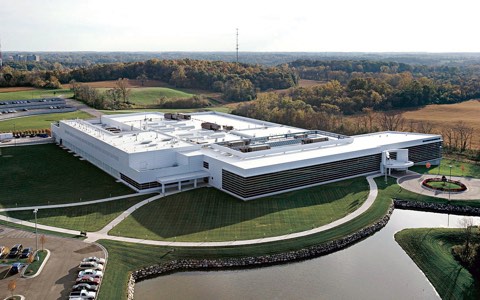
Hyundai America Technical Center
Headquartered in Ann Arbor, Michigan, Hyundai America Technical Center is equipped with a technical center and driving tracks in California. The Center is devoted to the development of vehicles that are suitable for American environments, as well as new technologies.
-

Hyundai Motor Europe Technical Center
Located in Rüsselsheim, Germany is Hyundai Motor Europe Technical Center, which was designed as a multifunctional complex. It plays an important role in developing not only high-quality vehicles, but also basic performance and technologies that are tailored to European-style vehicles.
-
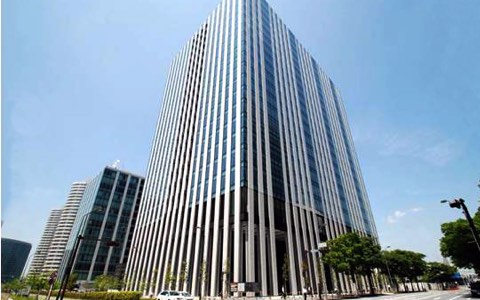
Hyundai Motor Japan R&D Center
Situated in Yokohama, Japan, Hyundai Motor Japan R&D Center concentrates its energy in developing new electronic technology and securing prerequisite skills such as key component technologies for eco-friendly cars.
-
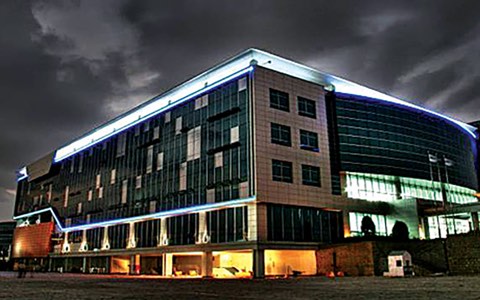
Hyundai Motor India Engineering
Located in Hyderabad, India’s IT city, Hyundai Motor India Engineering is responsible for aggressive support for automobile engineering and analyses. In addition, it is also devoted to the development of products suitable for Indian environments.
-
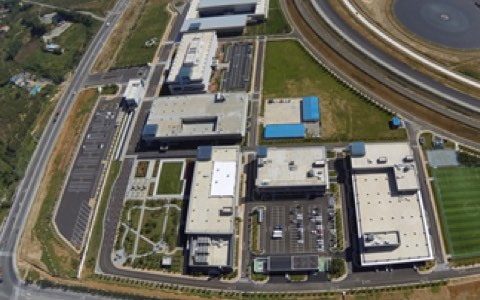
Yuntai Hyundai Motor R&D Center
Situated in Yuntai, China, Yuntai Hyundai Motor R&D Center is intended for achieving success in penetrating the Chinese market, the world’s largest automobile market. Since its foundation, it has been increasing brand competitiveness through its green technology research in addition to the development of new, high-quality cars that are suitable for Chinese environments.
Design Center, the Creator of Global Trends
The local and overseas R&D networks are operated in preparation for a new future in the automotive industry.
-
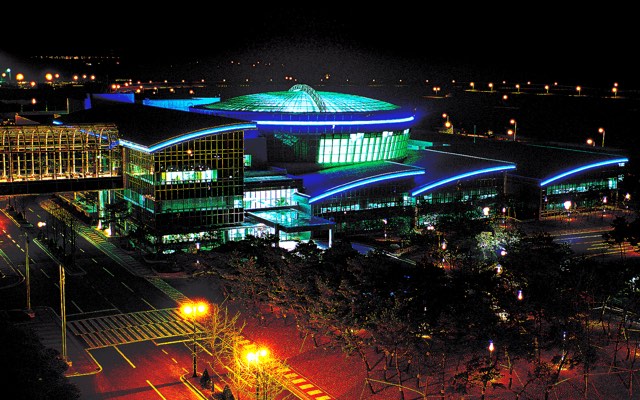
Namyang Design Center in South Korea
Namyang Design Center is equipped with cutting-edge design facilities such as a virtual reality center, an indoor evaluation space, CAVE systems, super computers, and more. Its focus is on creating a new global brand through the development of automobile exterior and interior styles, in cooperation with 400 high-caliber designers as well as computer-aided digital modeling and new colors.
-
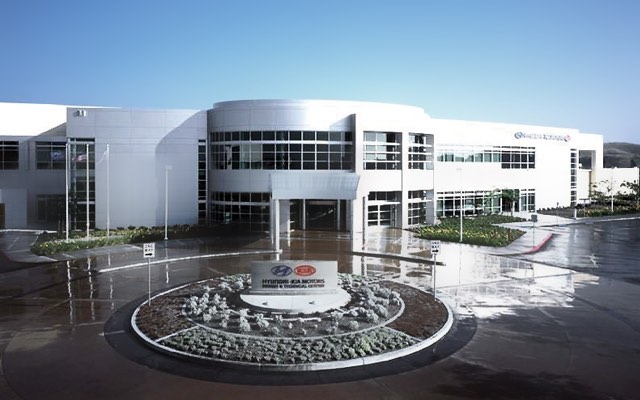
Hyundai America Design and Engineering Center
Located in Yongin, Gyeonggi-do, the Mabuk Eco-Friendly R&D Center is in charge of the development of fuel-cell electric vehicles. Its focus is on technology research regarding eco-friendly vehicles. That is, it independently develops technologies for fuel-cell stacks and systems (key FCEV parts), driving motor systems, and hydrogen storage systems.
-
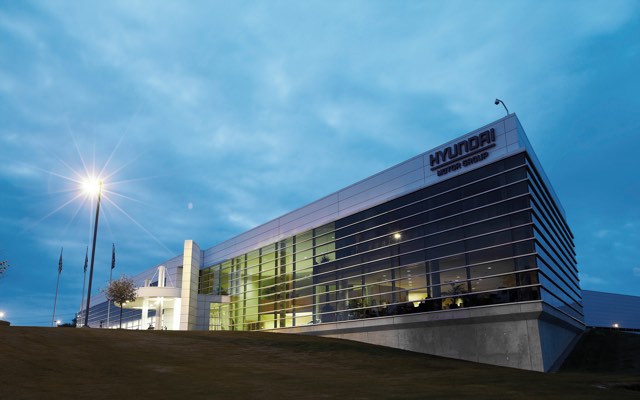
Hyundai Europe Design Center
Situated in Rüsselsheim, Germany, Hyundai Europe Design Center plays a key role in the development of designs that meet the needs and lifestyles of European customers by associating with the Hyundai Motor Europe Technical Center in Frankfurt, Germany.
Namyang R&D Center
The world-class proving grounds are intended to ensure the best automotive quality.

Proving Grounds in Namyang R&D Center, Ulsan, and Hwaseong
The proving ground in Namyang R&D Center, which was completed in 1995, is a world-class driving test track. It covers a total area of 1,650,000 ㎡, which is comprised of 70-kilometer driving test tracks: 34 different road types including the Belgian Road and a 4.5-kilometer high-speed circuit. The Ulsan proving ground, which opened in 1984 in Korea, covers a gross area of 660,000 ㎡. It features a high-speed circuit and 19 different road types. The Hwaseong proving ground, which was completed in 1993, features a high-speed circuit and 16 different road types on a total area of 820,000 ㎡.

California Proving Ground
The California proving ground in the Mojave Desert, where USD 60 million was invested, boasts a total road length of 116 km, a top speed of 250 km/h, and a total area of 17.52 million ㎡. It is about 10 times larger than the proving ground at Namyang R&D Center, which is comprised of eight driving test roads. It is the third-largest test site in the U.S. operated by a foreign automaker.

